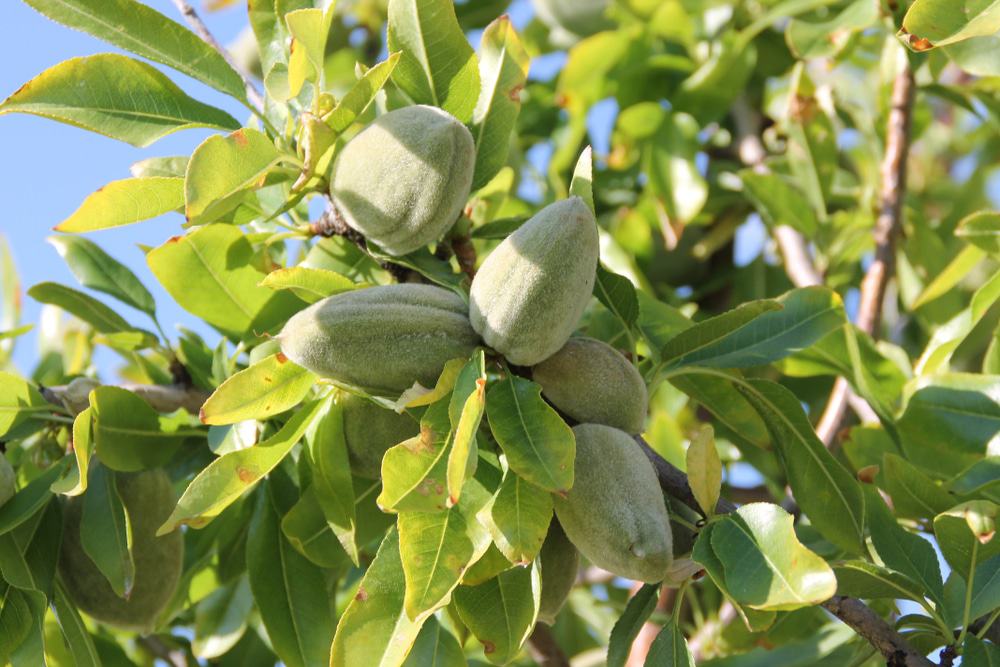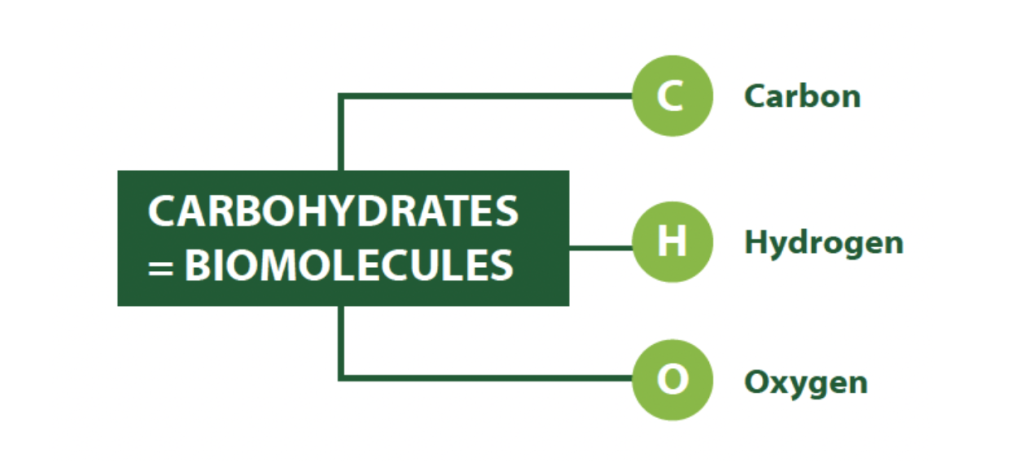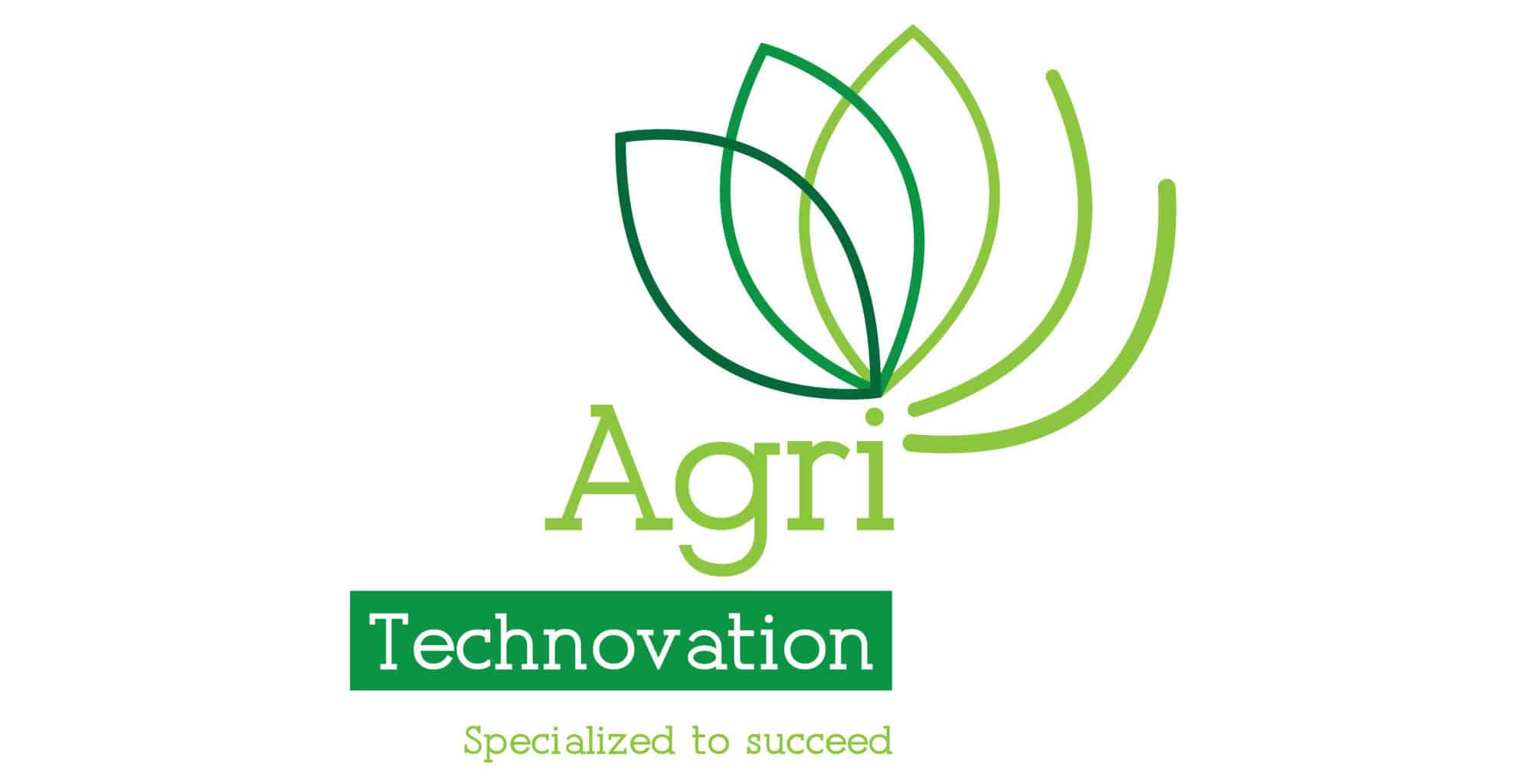
ITEST™ CARBOHYDRATES
CARBOHYDRATE ANALYSIS
ITEST™ CARBOHYDRATES is an analytical service offered by the Agri Technovation Plant Physiology Research Centre. It quantifies the carbohydrate (sugar and starch) levels of various plant organs (leaves, roots and/or shoots) and expresses it as a physiological carbohydrate index (CI) for specific phenological stages. This is the first commercial service in the world that relates the CI to management practices. Based on CI values or ratios on critical action times, producers of commercial crops (tree fruit, grains, vegetable crops) can make decisions regarding the adjustment of relevant management practices in the specific orchards and/or the degree of adjustment required. Carbohydrates perform numerous roles in plants as energy source for vegetative and reproductive development.
Sugar and starch are the two primary carbohydrate components that are quantified in this analysis. The ITEST™ CARBOHYDRATES reports provide key physiological information to assist producers in making informed decisions regarding the management of their crops, by indicating the impact of previous climatic conditions and management measures on the crop, as well as the potential of the crop during the remaining phenological stages. The value of this service is further enhanced by integrating the results with climate data and mineral nutrient analysis results obtained through ITEST™LEAF.



Optimal carbohydrate levels in plants:
– support the development of flowers
– facilitate successful fruit set
– increase grain filling
– provide a buffer against stress conditions
– increase fruit growth
– are necessary for the growth of other plant organs such as roots and vegetative shoots
By using the ITEST™ CARBOHYDRATES analysis, the sugar and starch concentrations in leaves, roots and shoots can be monitored accurately and continuously during key phenological stages. Concentrations can be monitored individually, together as total carbohydrates, or as ratios (carbohydrate levels). This can contribute to the timely development of management practices that will help produce optimal plant growth, yield and fruit quality.

Optimal carbohydrate levels
Carbohydrates are produced by photosynthesising leaves (carbohydrate sources) and are transported to non-photosynthetic plant organs such as flowers and roots (carbohydrate sinks) via mass-flow in the phloem.
